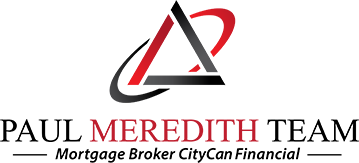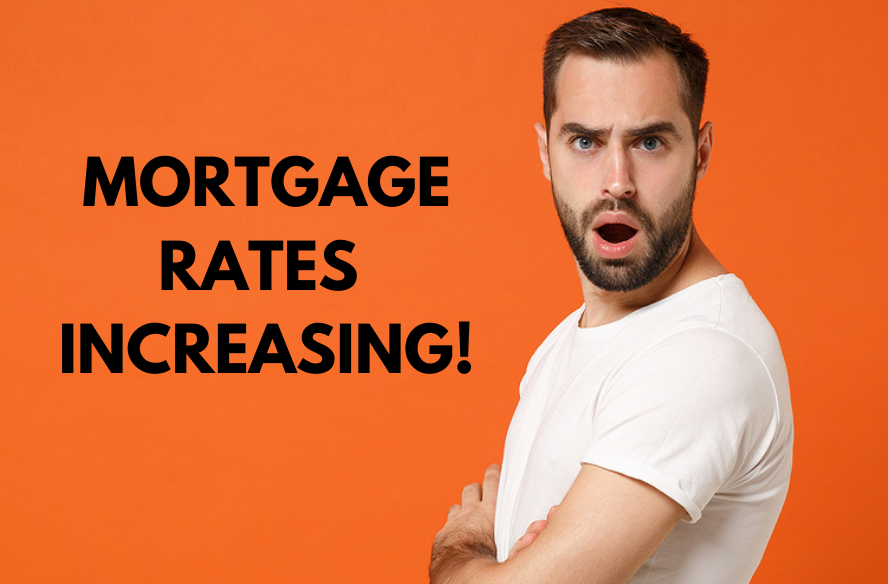Mortgage rates have been steadily trending downward since early April 2020, and have fallen a whopping 1.25% since the beginning of the trend. That’s almost 9 months without any rate increases, which brought us to today’s lowest 5 year fixed rate of 1.39%*.
Understandably, we can’t expect the downward spiral to last forever. We’ve hit the point where the trend is beginning to reverse, and there is now heavy upward pressure on fixed mortgage rates. While there are still 5 year fixed rates available as low as 1.39%*, some lenders have already increased their fixed rates by as much as 0.15%. Due to intense market competition, many mortgage lenders are trying to hold on to the lower rates for as long as they can. However, it’s just a matter of time before all lenders have increased rates, which will likely happen within the next few days.
Why Are Mortgage Rates Increasing?
Fixed mortgage rates are largely influenced by bond yields. When the yields rise, this puts upward pressure on fixed rates and vice versa. At the beginning of February, the bond yields started increasing, and have been steadily ever since. On February 1st, the yields were at 0.42¢ and have risen to 0.69¢ as of market close yesterday, February 23rd. This is an increase of roughly 39%. That’s pretty substantial, especially considering that this is over a span of only 23 days. As the yields increase, lender profit margins shrink, which then forces them to increase rates… eventually.
The last time the bond yields were this high was at the end of March, 2020, when 5 year fixed rates were as low as 2.64%.
Does this mean that 5 year fixed rates will be shooting up to 2.64%?
The answer is no. At least, not yet.
At the time, there was so much uncertainty given that the pandemic was in its infancy and there were many unknown variables surrounding COVID-19. Much like the rest of us, this made lenders fearful, which led them to keeping their rates artificially high. While we still have a long way to go until we’re out of the woods, we understand the virus much more than we did at that time. For this reason, mortgage lenders were hanging on to higher margins. Like everyone else, they were in panic mode. It wasn’t until additional mortgage stimulus was announced in April, which then assuaged lender concerns, which is what began the downward spiral in mortgage rates leading us to where they are today.
What Is Driving Up The Bond Yields?
It has a lot to do with the US, and their $1.9 trillion stimulus package, which puts upward pressure on US inflation. In addition to the added stimulus, the rate of new COVID cases is falling, which increases overall confidence and consumer sentiment. As the Canadian market is closely tied to the US, this has forced bond yields to rise.
How Much Will Mortgage Rates Increase?
If you were to listen to the media, they’ll make it sound like the end is near. As mentioned, we’ve already seen rate increases as much as 0.15%. This doesn’t mean that all fixed mortgage rates will increase by this margin. Some have only increased by 0.05%. However, if the bond yields continue to trend upward, then further increases can be expected. As I mentioned in my January 7th blog on what can be expected from mortgage rates in 2021, I explained that we’ll see mortgage rate increase at times, but then fall back down shortly thereafter. Overall, I would still expect mortgage rates to remain relatively stable for most of the year. If I had to take a guess, I would say that fixed mortgage rates will be slightly higher at the end of the year then where they are now. As explained in my blog, it’s expected that there will be rate movement in either direction throughout 2021, but I would not expect anything like the mortgage rate roller coaster we saw in 2020. Time will tell.
While the rate of new COVID infections is dropping, the distribution of the vaccines has been nothing short of disappointing. There has also been some talk of a third wave. Let’s hope not, but it remains a possibility. While we’re seeing some light at the end of the tunnel, there is still a lot of uncertainty. Our economy has taken quite a beating and recovery will take years. For these reasons, I expect fixed rates to remain relatively low for the next couple of years. Keep in mind that this is all speculation and anything can happen.
Are Variable Rate Mortgages Increasing Too?
While bond yields play a large role in determining fixed mortgage rates, they do not have a direct effect on variable rate mortgages. They can have an indirect effect on them however. There may be upward pressure on fixed mortgage rates, however we can’t say the same for variable rate mortgages. It remains likely that we won’t see any increases to prime rate before 2023. As I’ve mentioned many times in previous blogs, I wouldn’t be surprised if the BOC held off on any increases beyond 2023. There is a higher probability of another cut to prime rate, however I would not expect to see any downward movement unless the US moves first. The Bank of Canada is very conscious of this, as this can impact the value of the Canadian dollar against the US. The spread between the two currencies is important, as it can have a direct impact on our exports to the US, which represent a large portion of our economy. Whether we see another cut to prime rate remains to be seen, and this is not something that I would count on. It is possible though.
During the long, downward spiral in fixed mortgage rates, we’ve also seen variable rate discounts increase to pre-pandemic levels, which has once again made variable rate mortgages a popular choice. Rates are now as low as prime -1.20% (1.25%)*. Will we see further discounts? This is possible, but for now, they seemed to have stabilized.
Do You Have A Purchase Closing Or Mortgage Coming Up For Renewal Within 120 Days?
It’s still not certain as to how much further mortgage rates will increase, or how long it will be before they settle back down. Mortgage rate increases are still being announced, so I would highly recommend locking something in if you have a purchase or renewal closing within the next 120 days.
Please leave any questions or comments below. We’d love to hear from you!
*The lowest mortgage rates are available for insured mortgages, or for those with 35% or greater down payment or equity. Original purchase price must be under $1 million, OR home must have been purchased prior to November 30, 2016. (some exceptions apply).









Thanks for sharing. I read many of your blog posts, cool, your blog is very good.
That’s nice to hear. Always glad to help 🙂